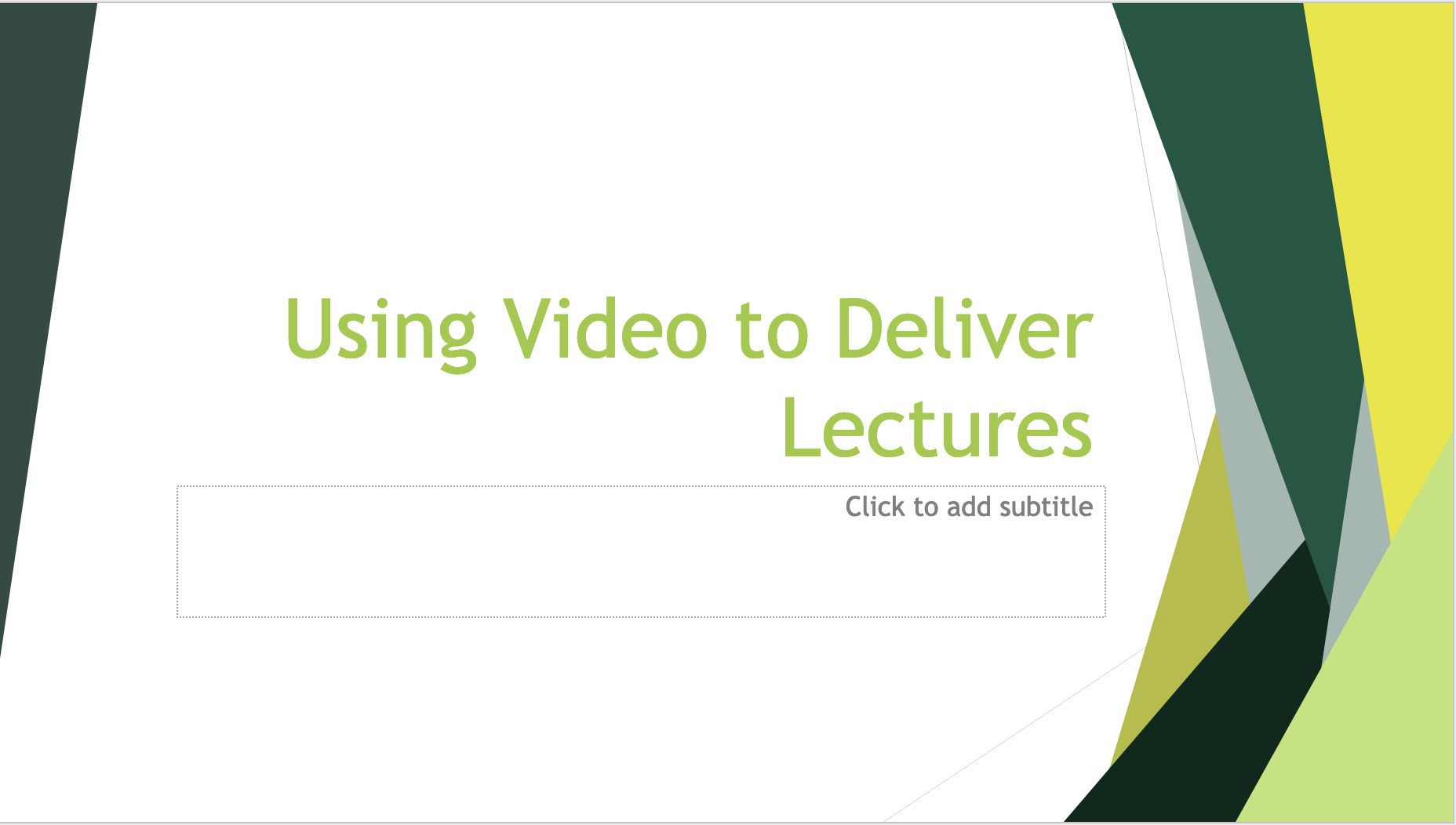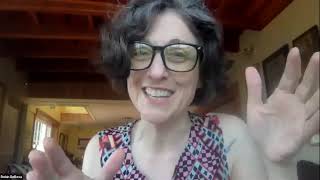Week Two: Connection
Resources & Opportunities
- Drop-in Hours: Monday – Friday, 8:30-9:30 AM EDT in the PSU Workshop VidSpace
(Note: Monday morning’s hour will always be an orientation session for the week and will be recorded and shared on this Web site. Other days will be less formal and not recorded.) - Something Fun: Join your colleagues for a good ol’ fashioned game of pictionary on Wednesday 7/22 at 7:00-8:00 PM in the PSU Workshop VidSpace. BYOB!
- Get Outta Town: T3 (St.Norbert College) & BlendLAC (Bryn Mawr) have combined their great faculty professional development events into a free, virtual conference from July 20-24. All welcome! Register here. In addition, check out Mike Caulfield’s Blended Content Studio site, where he provides guidance on creating engaging media and using digital pedagogy to connect with and engage students.
CPLC Crossover Opportunity
This week, PSU Workshop participants are invited to join the July Cluster Pedagogy Learning Community (CPLC) meeting for a special panel discussion on Online Community Building (10AM-12PM, Tuesday the 21st). Check the Discussion Forum for the Zoom link.
This Week in Tech
Join PSU’s Academic Technology Manager, Jason Neenos, on Tuesday, July 21st at 1PM for a Webinar on “Creating online lectures”. A recording of the webinar will be available in this space after it concludes.
This Week in Learning Cohorts
Make sure your cohort (led by your mentor) have a scheduled 1-hour synchronous check-in this week. During your meeting, discuss and consider the following questions:
- What challenges did you have last spring staying connected with your students, or having your students connect and collaborate together?
- What works well in a regular semester to build a sense of community in a class, and could that be translated to online or hybrid environments?
- What is it about “connection” that can make learning better?
This Week's Schedule
- Monday
- Tuesday
- Wednesday
- Thursday
-
 Friday
Friday
INTRODUCTION DAY
Watch
Join us in the VidSpace from 8:30-9:30 EST for our Weekly Orientation in which we’ll talk about how we’ll be working around the value of Connection this week.
A recording of the session will be available here after the session is over.
Review
Look over the Week Two Checklist (below) and make a note of the specific items on it you want to try and tackle this week. Record these and make space to add notes about them in your Workbook.
Reflect
In the appropriate space in the Discussion Forum, reflect on one or both of the following prompts:
- If you taught during the pivot to remote instruction this past spring, reflect upon what well or didn’t go well in terms of maintaining a sense of community in your classes. Were there particular techniques/strategies you tried? Did they help, and why do think they did/did not?
- Prior to this spring, how have you worked to foster connection and community in your classes using your traditional pedagogy? What techniques or strategies do you implement and what seems to be most effective? Has your approached changed over the years?
“reflect icon” made by Kiranshastry from www.flaticon.com
TOPIC DAY: CURRICULUM LINKED TO CONTEXT & FOSTER CLASSROOM COMMUNITY
Review
Spend time looking through the Learn sections on the Curriculum Linked to Context and Foster Classroom Community pages.
Read
Explore (Optional)
In addition to the readings above, feel free to review the other resources in the Explore sections of the Curriculum Linked to Context and Foster Classroom Community pages.
Choose One
- “Create a Virtual Time Capsule Assignment” on the Curriculum Linked to Context page
- “Build a Communication Schedule” on the Foster Classroom Community page
Share your work in your Workbook.
If you are not ready to create an entire unit or module, write a paragraph or a bullet list of notes explaining how you plan to modify or create your unit or module.
TOPIC DAY: REDUCED DISPOSABILITY & INTERNET AS CLASSROOM AND COMMUNITY
Review
Spend time looking through the Learn sections on the Reduced Disposability and Internet as Classroom and Community practice pages.
Read
Explore (Optional)
In addition to the readings above, feel free to review the other resources in the Explore sections of the Reduced Disposability and Internet as Classroom and Community practice pages.
Choose One
- Choose 3 ideas from “10 Simple Ideas to Reduce Disposability” on the Reduced Disposability page; write about how you would enact them in your own course
- Create a design plan for your course around “Work on the Open Web” on the Internet as Classroom and Community page.
Share your work in your Workbook.
ENGAGEMENT DAY
Choose Two
- In the appropriate space in the Discussion Forum, reflect on what you have done so far in your Workbook. What are your key breakthrough ideas so far on how your course can benefit from a focus on connection?
- On Twitter (using the #ACEFramework hashtag) create a thread explaining how your ideas about connection will inform your teaching practice this fall.
- On the ACE-Informed Practice pages for this week (The Internet as Classroom & Community, Reduced Disposability, Foster Classroom Community, Curriculum Linked to Context), share one idea, reflection, example, artifact, or question to the page using SUBMIT SOMETHING (in the Engage section on each page).
- BONUS ACTIVITY FROM WEEK ONE DISCUSSIONS: Take some time to think about academic rigor. Read Beyond Rigor, an essay by Pete Rorbaugh, Sean Michael Morris, and Jesse Stommel from 2013. (as an older piece, some of the links are, unfortunately, broken). Alternatively (or in addition), check out this thread on Twitter, prompted by a tweet about rigor by Stommel this past spring. Afterwards, go to the appropriate space in the Discussion Forum and share your reflections: do you think you currently expect rigor from your students? what does rigor look like in your classes? can you imagine replacing rigor with some other value, instead? what would that look like?
DESIGN DAY
Review
Read over the Week Two Checklist (below).
Reflect
- In your Workbook, list any elements from the Week 2 Checklist that you need to work on, and add a sentence to each item that you list to explain how you plan to address it.
- Revisit postings by other participants in the Discussion Forum this week, and respond to several (even though we also assume you have been doing this all along the way).
- Work for 30 minutes on your course design in your Workbook, in whatever way makes sense to your process.
Week Two Checklist
Workshop Curriculum: covered in this week’s work
- Students have a way to contact each other and collaborate remotely/online, and I’ve invited them to introduce themselves to the class using one of the communication tools for the class.
- I have thought deliberately about how to foster community and connection in my classes, regardless of modality.
- I have a way to facilitate discussion with groups of students remotely, and I’m comfortable using the tool(s) I’ve chosen. (Some options: Teams, LMS Discussion Forum, Twitter)
- I’ve chosen technologies and tools that will facilitate active, participatory learning.
- I have acknowledged the context in which the course sits, and have weighed options for connecting the curriculum to current events and discourses.
- If I’ve decided to deliver lectures online, I know what tools I want to use to use and how to make these lectures accessible.
- When sharing media online, I’ve considered ease-of-use (e.g. shorter “chunks” of video) for content I’m creating or sharing.
Don’t Forget: three basic planning elements that we expect you have covered outside of this workshop
- Regardless of whether we are coming back f2f, hybrid, or remote, my students know how to contact me, what to expect from me, and when I’m available.
- I’ve provided clear information about how, when, and where students can access information about their progress in the class. I have a plan for communicating with students about this progress and providing feedback on their work.
- I have chosen a way to distribute course assignments and materials to my students that will help them meet the course’s instructional goals, and I’ve made clear how students should use materials to complete their work and assignments.





